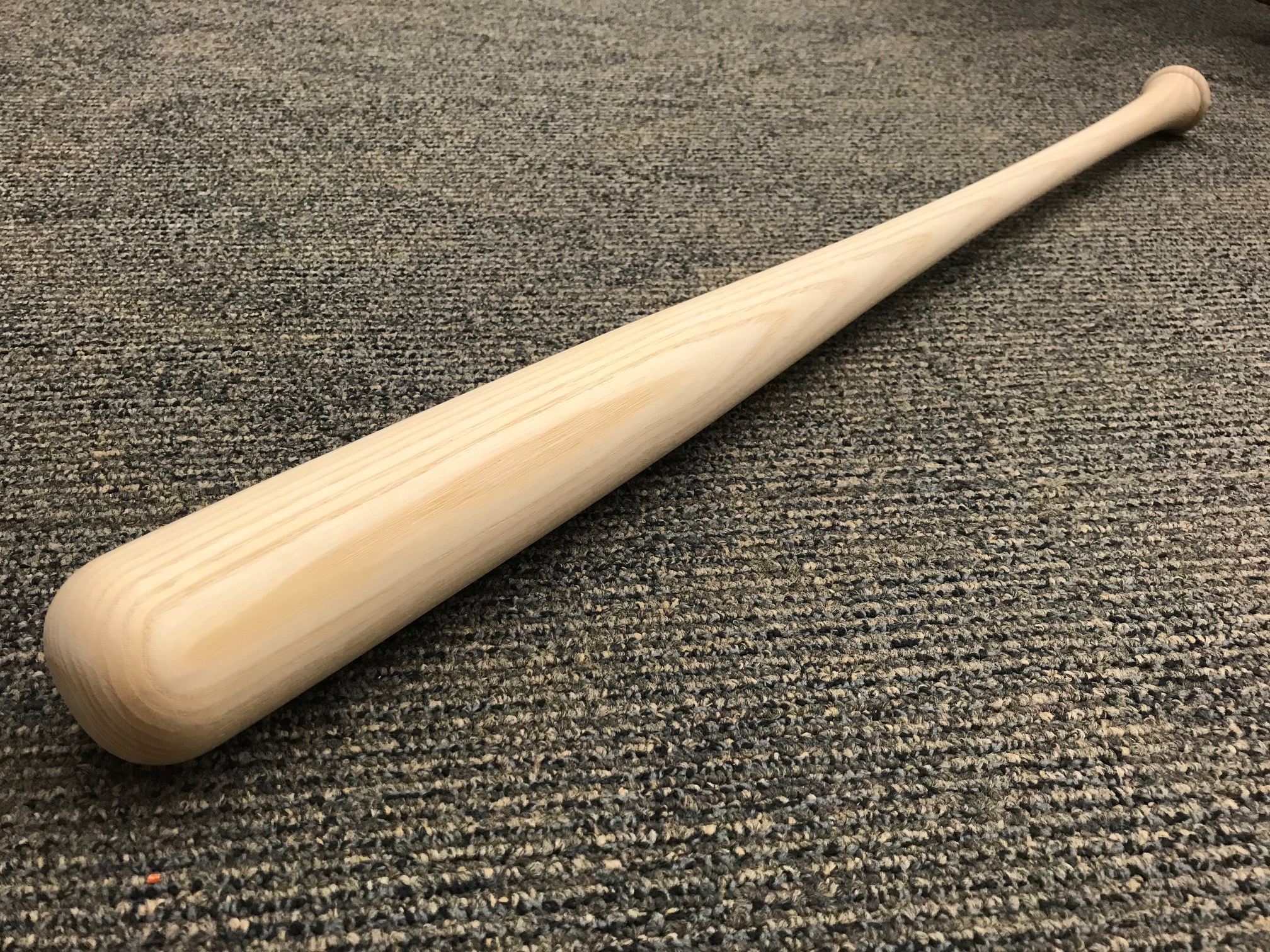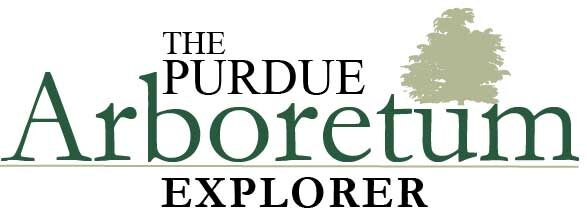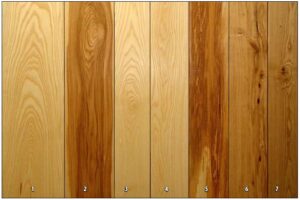Fraxinus spp.
Summary
Ash refers to a group of five species ranging throughout the eastern United States. White ash is best known and the preferred species. Only wood from the black ash tree can be distinguished from the other species. It is sometimes sold separately and referred to as brown ash by lumbermen. Board 1 represents the best the species group has to offer. The wood is all white sapwood and shows the coarse grain pattern of flat sawn stock. The white sapwood is preferred. A mineral streak is present at the bottom of this piece. Board 2 is mostly heartwood. Like maples and basswood, the amount of heartwood in ash trees varies tremendously. Boards 3 and 4 are all sapwood and typical for the species. Less vigorous, old trees usually show more heartwood. The heartwood can be mottled or variegated as seen in Board 5. Boards 6 and 7 are black ash and show the characteristic darker, less lustrous color, as well as numerous small knots and pith. The left side of board 6 shows a rift to quarter pattern in ash.
History
White ash ranges from the Great Plains east and from southern Canada south, with the exception of the lower Mississippi River Delta and coastal plains area. White ash prefers deep, moist, fertile upland soils and is usually a scattered tree associated with many other species. The largest white ash reported is over 8 feet in diameter at 4.5 feet above the ground. Ash is seriously threatened by the emerald ash borer. This exotic insect girdles and kills the tree. Emerald ash borer has decimated stands of ash throughout most of its range in Michigan, Ohio, Indiana, Illinois, Pennsylvania, Maryland, and Canada. However, some trees have survived the emerald ash borer outbreak through treatment of natural resistance.
Color & Texture
Both color and texture vary substantially in ash lumber. The earlywood pores are large and abruptly change to small diameter, thick-walled cells. Thus, the wood is coarse grained and appears much
like oak. However, ash does not contain large wood rays, and the quartered surface does not show “fleck” or the characteristic markings of oak. Most ash in the Appalachian and southern region is fast
growing. Fast growth material will have large quantities of dense latewood and will be very strong. Very slow growth material can sometimes occur. Like slow growth oak, it will be relatively
lightweight and brash. Color in ash can be one of the most important distinguishing features. The sapwood on most healthy, fast-grown ash in the Appalachian and southern region is wide and white. The
heartwood is a characteristic light brown. In some cases, it is mottled with darker lines with some whitish spots. The white sapwood is generally preferred. The white sapwood of ash is subject to
general enzymatic discoloration as well as sticker shadow from enzymatic stain. Glassworms and turkey tracks are two additional characteristics common to ash. Glassworms appear as a zigzag pattern
across the growth rings and along the grain of the board. Very characteristic black spots can sometimes be associated with these marks. Turkey tracks appear more as light-brown scratches in the wood.
Both are caused by cambium miners that bore from the root to the top of the tree, through the cambium.
Anatomical and Microscopy
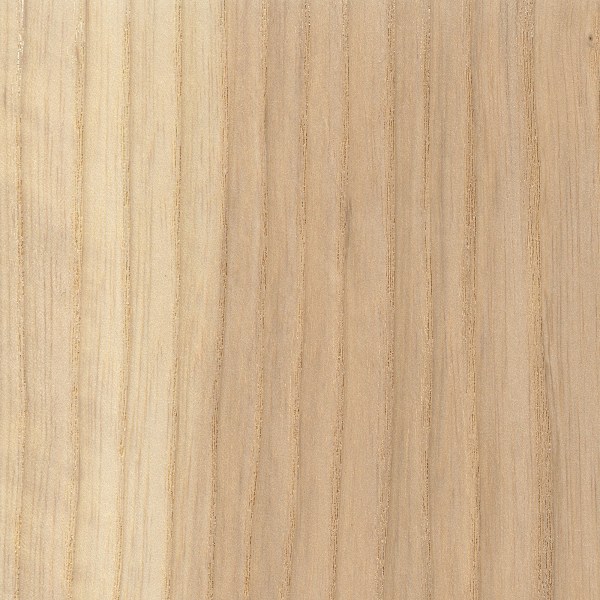
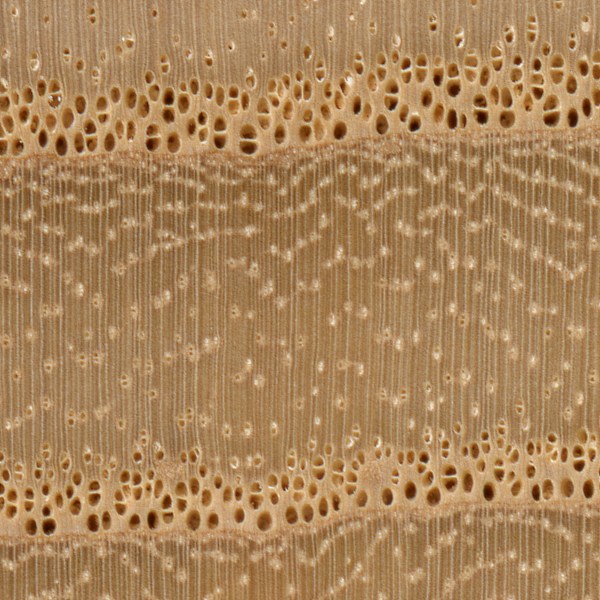
Ring-porous; large earlywood pores 2-4 rows wide, small latewood pores solitary and radial multiples; tyloses common; parenchyma banded
(marginal), paratracheal parenchyma around latewood pores vasicentric, winged and confluent; narrow rays, spacing normal.
Wood Properties
- Workability
- White ash is very hard and firm. It is rated above average in planing, shaping, and boring, and is about average in turning.
- Strength
- At 12% moisture content, the strength properties of white ash are comparable to white and red oak and is one of the strongest woods. The strength properties of black ash are considerably reduced
when compared to white ash. - Steam Bending
- White ash is only rated as about average for bending. However, white ash is commonly used for bending in the industry and for handle stock.
- Drying
- The wood has a low initial green moisture content and can be easily dried with a moderate kiln schedule.
- Shrinkage
- As a heavy wood, white ash has a substantially high volumetric shrinkage.
- Decay
- Ash has no resistance to decay and is frequently attacked by powder post beetles.
Products
The wood grain appears much like oak, but it does not have the large wood rays seen on the quartered surface of oak. As a result, it can be substituted for flat sawn oak if properly stained. Ash is used on exposed surfaces in furniture and cabinets and also for millwork and flooring. Due to its high strength in bending and high shock resistance, it is used in athletic equipment such as baseball bats and rackets. It is also used for long tool handles that are loaded in bending such as shovels and oars.
